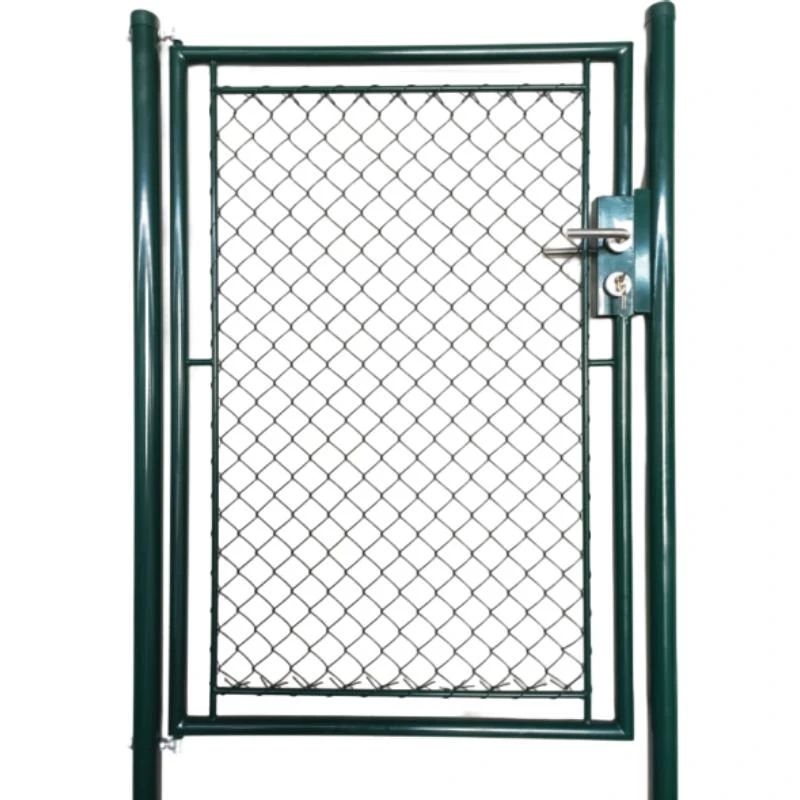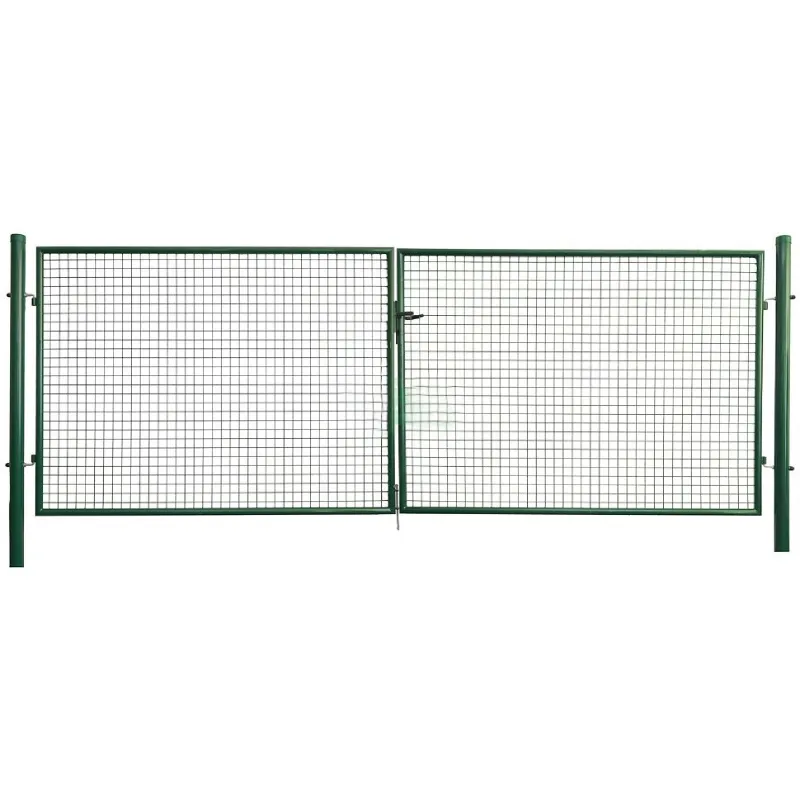-
E-mail:zhao@hyliec.cn
-
Tel:+86 311 85273988
-
WhatsApp:8613931128750
-
 african
african -
 albanez
albanez -
 amharică
amharică -
 arabic
arabic -
 armean
armean -
 Azerbaidjan
Azerbaidjan -
 bască
bască -
 belarusă
belarusă -
 bengaleză
bengaleză -
 Bosniac
Bosniac -
 bulgară
bulgară -
 catalan
catalan -
 Cebuano
Cebuano -
 corsicană
corsicană -
 croat
croat -
 ceh
ceh -
 danez
danez -
 olandeză
olandeză -
 Engleză
Engleză -
 esperanto
esperanto -
 estonă
estonă -
 finlandeză
finlandeză -
 limba franceza
limba franceza -
 frizonă
frizonă -
 Galician
Galician -
 georgian
georgian -
 limba germana
limba germana -
 greacă
greacă -
 Gujarati
Gujarati -
 creolul haitian
creolul haitian -
 hausa
hausa -
 hawaian
hawaian -
 ebraică
ebraică -
 nu
nu -
 Miao
Miao -
 maghiară
maghiară -
 islandez
islandez -
 igbo
igbo -
 indoneziană
indoneziană -
 irlandez
irlandez -
 Italiană
Italiană -
 japonez
japonez -
 javaneză
javaneză -
 Kannada
Kannada -
 kazah
kazah -
 Khmer
Khmer -
 ruandez
ruandez -
 coreeană
coreeană -
 kurdă
kurdă -
 Kârgâz
Kârgâz -
 TB
TB -
 latin
latin -
 letonă
letonă -
 lituanian
lituanian -
 luxemburghez
luxemburghez -
 macedonean
macedonean -
 Malgashi
Malgashi -
 Malaeză
Malaeză -
 Malayalam
Malayalam -
 malteză
malteză -
 maori
maori -
 marathi
marathi -
 mongol
mongol -
 Myanmar
Myanmar -
 nepaleză
nepaleză -
 norvegian
norvegian -
 norvegian
norvegian -
 occitană
occitană -
 Pashto
Pashto -
 persană
persană -
 Lustrui
Lustrui -
 portugheză
portugheză -
 punjabi
punjabi -
 Română
Română -
 Rusă
Rusă -
 Samoan
Samoan -
 gaelic scoțian
gaelic scoțian -
 sârb
sârb -
 Engleză
Engleză -
 Shona
Shona -
 Sindhi
Sindhi -
 Sinhala
Sinhala -
 slovacă
slovacă -
 slovenă
slovenă -
 somalez
somalez -
 Spaniolă
Spaniolă -
 Sundaneza
Sundaneza -
 Swahili
Swahili -
 suedez
suedez -
 tagalog
tagalog -
 Tadjik
Tadjik -
 tamil
tamil -
 tătar
tătar -
 Telugu
Telugu -
 thailandez
thailandez -
 turc
turc -
 turkmeni
turkmeni -
 ucrainean
ucrainean -
 Urdu
Urdu -
 Uighur
Uighur -
 uzbec
uzbec -
 vietnamez
vietnamez -
 galeză
galeză -
 Ajutor
Ajutor -
 idiş
idiş -
 Yoruba
Yoruba -
 Zulu
Zulu
Porțile Grădinii
Cheap Garden Gates For Sale
You can find cheap garden gates for sale at various home improvement stores, online retailers, and local hardware shops. Consider looking for sales, clearance items, or second-hand options to find affordable garden gates that meet your needs. Additionally, exploring different types and sizes can help you find cost-effective solutions for your garden gate. Be sure to compare prices, quality, and reviews to make an informed decision.
Garden Gate Construction
1. Planning: Determine the location and dimensions of the gate, considering the width of the pathway or opening. Decide on the type of gate, such as a single or double gate, and the materials to be used.
2. Materials: Select the appropriate types and sizes for the gate, such as round tube gates or square tube gates, single wing gates or double wings gates, ensure to meet requirements of maximum.
3. Frame assembly: Construct the frame of the gate using the chosen types and sizes . This may involve cutting and assembling the frame pieces, ensuring that they are square and level.
4. Adding infill: Depending on the design, add infill materials such as pickets, panels, or mesh to the gate frame. Secure the infill materials to the frame using appropriate fasteners.
5. Hardware installation: Install hinges, latches, and any additional hardware required for the gate to function properly. Ensure that the hardware is durable and suitable for outdoor use.
6. Finishing touches: Sand the gate to smooth any rough edges and apply a protective finish or paint to enhance its durability and appearance.
7. Installation: Once the gate is constructed, install it in the desired location, ensuring that it swings freely and latches securely.
It's important to follow any local building codes or regulations when constructing a garden gate, especially if it will be used as a boundary or security feature. If you're unsure about the construction process, consider consulting with a professional or seeking guidance from experienced individuals.





